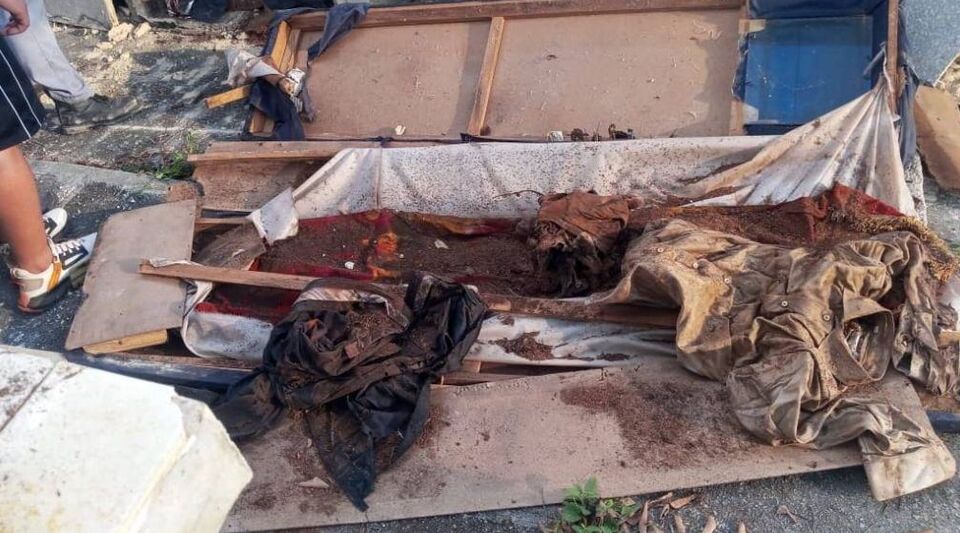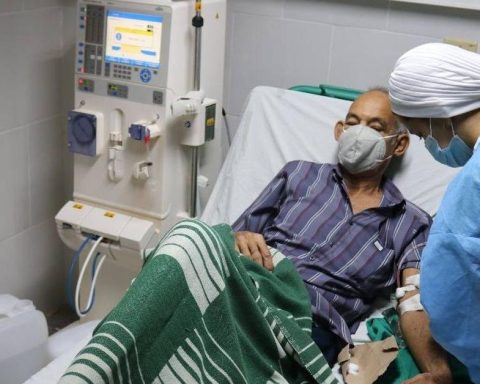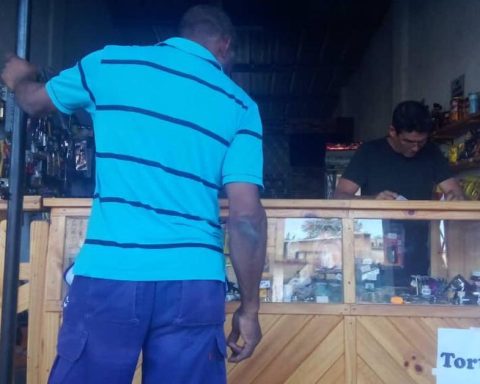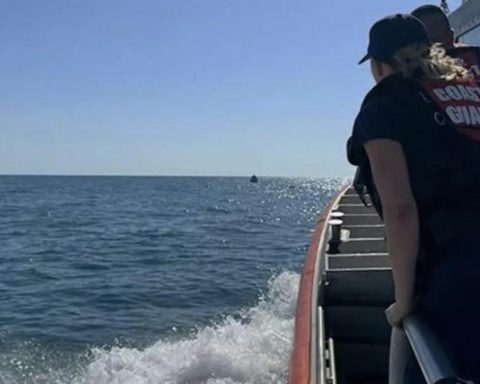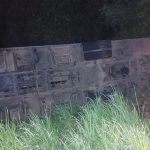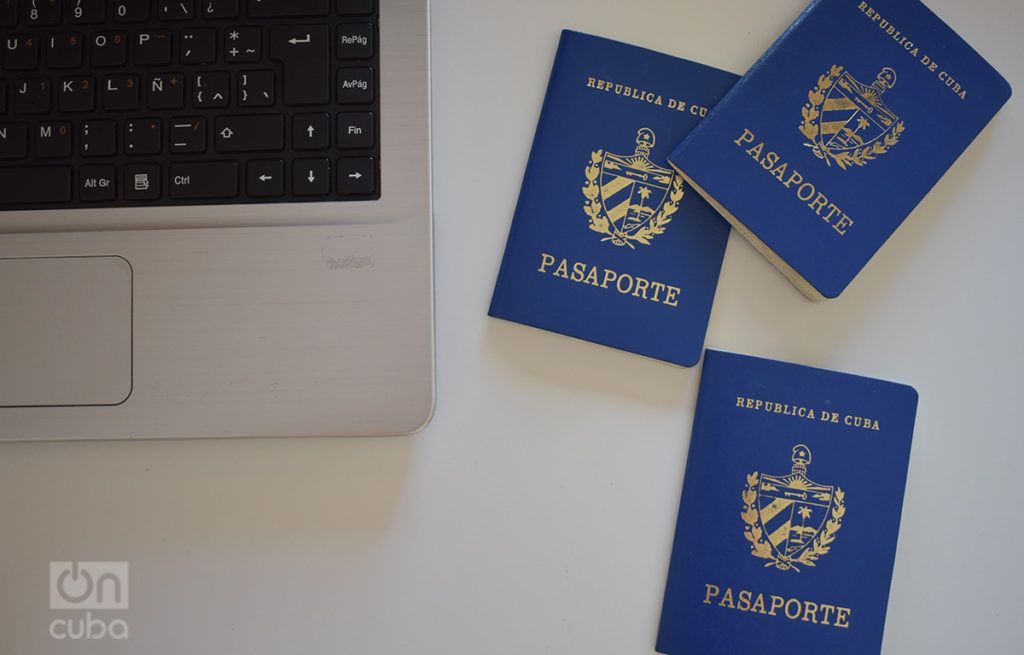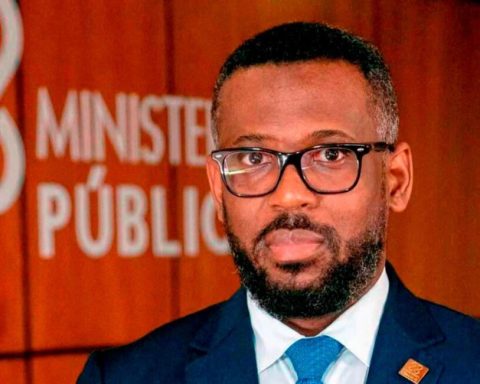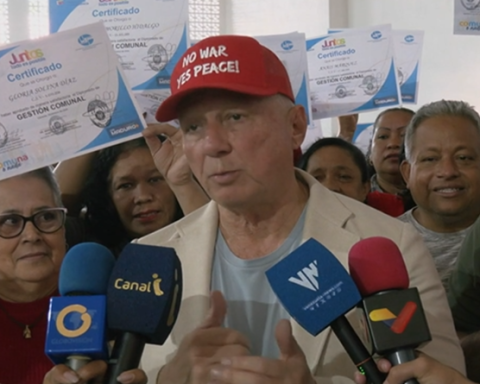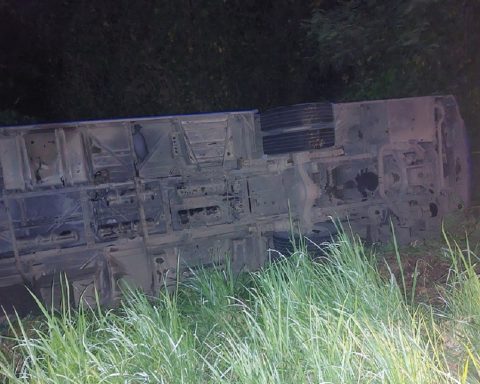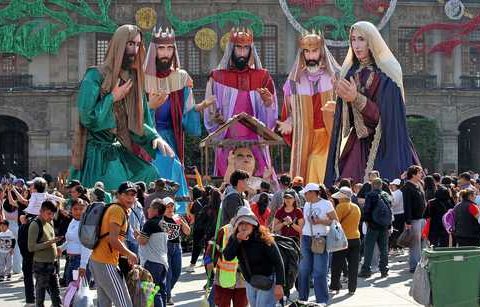A destroyed coffin, human remains and an open grave shocked the residents of the city of Matanzas on Wednesday. A series of photographs published in the newspaper Giron ventilated one of the great taboos from the official Cuban press: the systematic desecration of graves in the San Carlos Borromeo cemetery.
The images are terrifying. The thieves of remains do not distinguish between pantheons, vaults or simple niches. They open the tombs, take what interests them, especially the skulls, ribs and the most voluminous bones, and cut up the wood and cardboard from the sarcophagus.
The San Carlos Borromeo is the third largest cemetery on the island, after those in Havana and Santiago de Cuba, and the second in size, with an area of 13.5 hectares. In it were buried, for example, the poets Bonifacio Byrne and José Jacinto Milanés, as well as the musician Miguel Faílde. But the desecrators do not attend to the patrimonial value of the cemetery, but to the possibility of obtaining human remains that they later sell, generally for ritual purposes.
The newspaper denounced that many people from Matanzas who go to the cemetery discover the graves of their relatives open and removed. “There were bones everywhere, it seems that they took people’s heads and joints. I had never seen anything like it in my life,” lamented María Esther Torres, whose family vault was violated.
“There were bones everywhere, it seems that they took the heads and joints of people. I had never seen anything like it in my life”
Arriving at the cemetery, Torres verified with “desperation” that remains were missing and asked his daughter to photograph the place. “We left my mother’s body in fear, but we came back the next day to check that she was there,” she said.
Giron He attributes these thefts to the deficient surveillance system and the terrible administration of the cemetery. The main obstacle, he affirms, is the “custodial staff”, which only has ten troops – at least 20 are needed – who work one day and rest two. The San Carlos Borromeo also does not have lighting, so the custodians do not dare to exceed the entrance on their rounds. Nor are there, they say, enough gravediggers.
There are also no fences or walls on one side of the cemetery, which makes it easy for criminals to enter looking not only for bones, but also for sculptures, tombstones, bronze rings or other heritage elements. In addition, obtaining construction materials that allow the correct sealing of the tombs is another of the most common difficulties, although the Communal Services are supposed to guarantee these supplies.
As if that were not enough, the cemetery administration has to systematically fire many employees who are bribed by thieves not to report the theft. “We continue working in that direction,” said the directors of San Carlos Borromeo to the newspaper of the Communist Party in Matanzas.
Sector officials have no response to the complaints they receive. Beatriz Milián, a Matanzas woman from Pueblo Nuevo, has suffered two desecrations in her family vault. “When I arrived I found everything scattered: the candles, the glasses, the flowers…”, she informed the administrator, from whom she did not receive a reply.
According to the newspaper, the complaint of desecration must be made by the family member to the cemetery administration, which will process the police investigation. The sentence prescribed in the Criminal Code for whoever desecrates a grave is “deprivation of liberty from six months to one year or a fine of one hundred to three hundred quotas, or both.” The sanction, according to experts consulted by the newspaper, is not even remotely severe.
In general, the state of the San Carlos Borromeo cemetery is “deplorable”, says Giron. Not only the family crypts are in terrible conditions of preservation but also the pantheons that depend on government care. The State simply “does not care about its conservation,” the newspaper acknowledges.
________________________
Collaborate with our work:
The team of 14ymedio He is committed to doing serious journalism that reflects the reality of deep Cuba. Thank you for accompanying us on this long road. We invite you to continue supporting us, but this time becoming a member of our newspaper. Together we can continue transforming journalism in Cuba.
